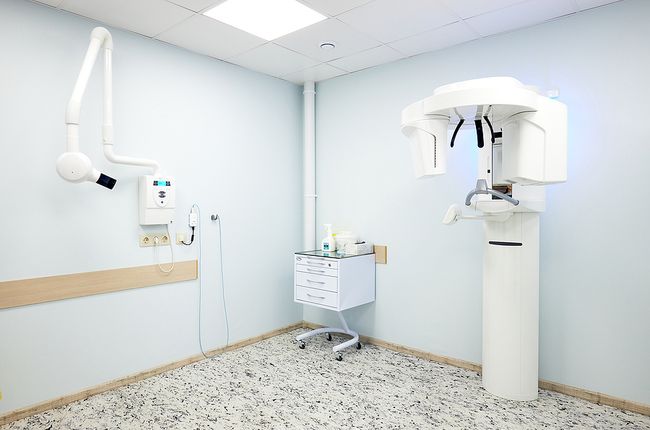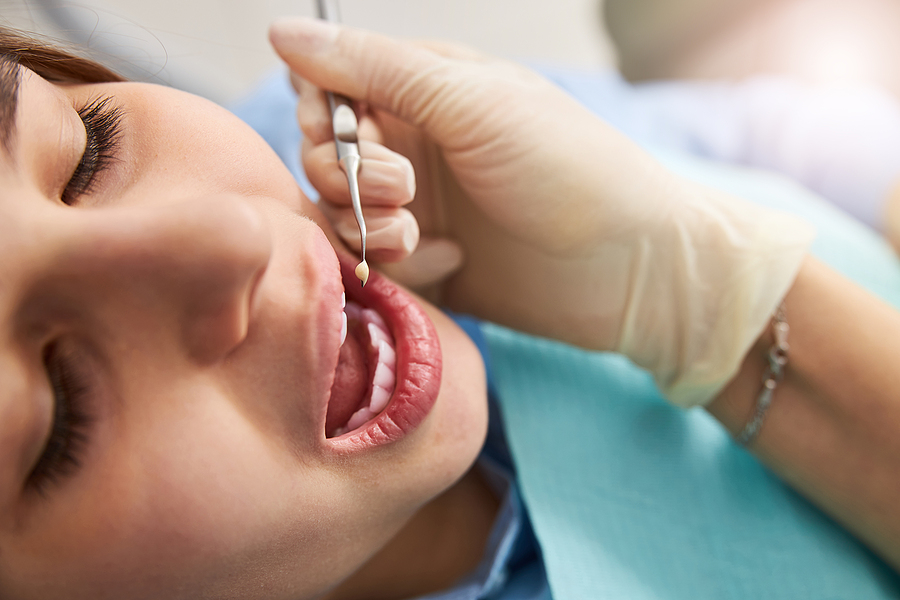Osseointegration Explained: The Key to Successful Dental Implants
Posted by Alexandra Hernandez Oct 14, 2025

Dental implants have revolutionized restorative dentistry in Oklahoma City, OK, offering a permanent solution for missing teeth. They provide not just aesthetic appeal but also functional benefits that can enhance your quality of life. But what truly makes these implants so effective? The answer lies in an incredible process called osseointegration. Understanding this key mechanism is essential for anyone considering dental implants as part of their smile transformation journey. Let's dive into the fascinating world of osseointegration and discover how it plays a vital role in the success of dental implants.
What is Osseointegration?
Osseointegration is a fascinating biological process. It involves the direct connection between bone and a dental implant. This relationship is crucial for the stability of implants in restorative dentistry.
When an implant is placed, it triggers healing responses in the surrounding bone tissue. Over time, new bone cells grow around the implant surface, creating a strong bond. This integration ensures that the artificial tooth functions effectively.
The success of osseointegration depends on several factors, including the quality of bone and overall oral health. Proper surgical technique also plays a vital role in this process.
Understanding osseointegration helps patients appreciate why dental implants can be such effective solutions for missing teeth. They offer not just aesthetic benefits but also functional advantages when done right.
The Role of Osseointegration in Dental Implants
Osseointegration is the cornerstone of dental implant success. It refers to the process where bone cells attach directly to the surface of an implant, creating a stable foundation.
This biological bonding ensures that implants can withstand everyday forces from chewing and speaking. When osseointegration occurs effectively, it mimics the strength and functionality of natural tooth roots.
The quality of this connection plays a vital role in how long-lasting and effective an implant will be. If osseointegration fails, it may lead to instability or even rejection of the implant.
Surgeons often focus on promoting optimal conditions for this integration during placement. Factors such as bone density, surgical technique, and post-operative care are crucial for achieving favorable outcomes.
Understanding osseointegration helps patients appreciate why maintaining oral health is essential throughout their restorative dentistry journey in Oklahoma City, OK. The stronger your bones are around the implants, the better they perform over time.
Steps of the Osseointegration Process
The osseointegration process begins with the surgical placement of a dental implant into the jawbone. This titanium fixture serves as a sturdy foundation for future restoration.
Once implanted, the body’s healing response kicks in. Blood vessels grow toward the implant site, facilitating nutrient delivery and oxygenation.
Next comes bone remodeling. The surrounding bone cells start to attach to the implant surface, gradually integrating it into your jaw structure.
Over weeks or months, this biological bonding strengthens as new bone tissue forms around the implant. The goal is to achieve stability that can support chewing forces.
Regular follow-ups with your dentist ensure everything progresses smoothly during this critical period. Monitoring helps identify any issues early on, maximizing the chances of success for your dental implants in restorative dentistry in Oklahoma City, OK. Contact us to learn more.
Factors that Affect Osseointegration
Several factors influence the success of osseointegration.
- One major element is bone quality. Dense, healthy bone supports better integration with dental implants.
- Patient age can also play a role. Younger individuals often enjoy faster healing rates than older adults, whose bones may be less conducive to integration.
- Lifestyle choices matter too. Smoking has been linked to reduced blood flow and delayed healing times, which can hinder osseointegration.
- The type of implant material is crucial as well. Titanium is widely used due to its biocompatibility and strength, promoting effective bonding with bone tissue.
- Oral hygiene cannot be overlooked. Maintaining good dental care practices helps prevent infections that could disrupt the osseointegration process and impact long-term success in restorative dentistry in Oklahoma City, OK.
Benefits of a Successful Osseointegration
Successful osseointegration offers multiple benefits that enhance the overall experience of dental implant patients.
- First and foremost, it ensures stability. When the implant fuses securely with the jawbone, it mimics a natural tooth's strength and functionality.
- Patients often report improved chewing efficiency after osseointegration is completed. Eating becomes easier, allowing for a diverse diet without fear of discomfort or slippage.
- Aesthetics also play a significant role. Well-integrated implants can seamlessly blend with existing teeth, providing an authentic appearance that boosts confidence.
- Moreover, successful osseointegration contributes to bone health. The stimulation from the implant encourages bone density retention in the jaw area, preventing future complications associated with tooth loss.
- Many find their oral hygiene routines simplified post-osseointegration, as caring for dental implants can be straightforward compared to traditional dentures or bridges.
Conclusion
Dental implants have revolutionized the field of restorative dentistry in Oklahoma City, OK. Understanding osseointegration is essential for anyone considering this treatment. This process not only ensures that the implant becomes a permanent part of your jawbone but also contributes significantly to its overall success and longevity.
As we’ve explored, osseointegration involves several critical steps, beginning with the surgical placement of the implant and culminating in bone healing around it. Factors like individual health, lifestyle choices, and oral hygiene play vital roles in how well this integration occurs.
When successful, osseointegration provides numerous benefits—from improved chewing ability to enhanced aesthetics—making dental implants a preferred choice for restoring missing teeth. Patients can regain confidence along with functionality.
For those seeking effective solutions through restorative dentistry in Oklahoma City, understanding osseointegration may provide peace of mind when embarking on their journey toward a healthy smile.
Uptown Smiles, located in Oklahoma City, OK, has all the restorative dental treatments for most dental conditions. Dial (405) 702-7766 to schedule an appointment with the expert dentists at the dentistry.
Office Hours
MON9:00 am - 6:00 pm
TUE7:00 am - 7:00 pm
WED8:00 am - 4:00 pm
THU11:00 am - 7:00 pm
FRI - SUNClosed




























